Expansion of popular online brands into physical store comes at a time when foot traffic to many traditional chains is declining.
Warby Parker has become famous by offering cheap, fashionable chic eyeglasses through an online site, evading expensive store expenses and licensing charges.While that business has flourished, the startup's promising next venture is taking its course in a chain of storefronts dotting classy mall neighborhoods from Boston's Newbury Street to Abbot Kinney Boulevard in Los Angeles city.
Warby Parker's eight physical stores are all presently making profits, according to Dave Gilboa, the company's co-founder, and co-CEO. The stores sell a minimum of $3,000 a square foot yearly, higher than most retailers listed by Apple Inc.
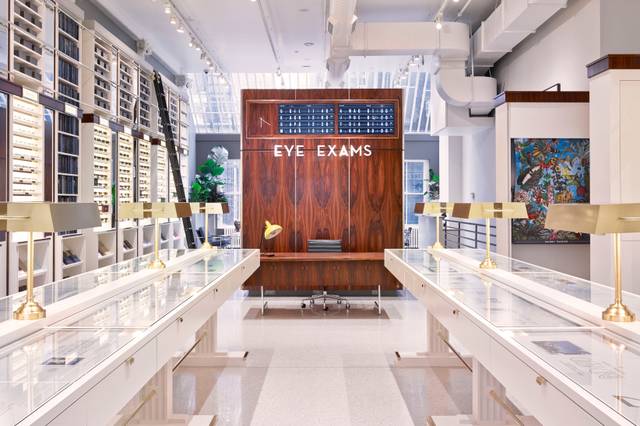
It is a significant deed for a one-off trial experiment that started in April 2013, with Warby Parker's first physical retail showroom in Manhattan's SoHo locale, where the business is based. Early this month, Warby Parker has plans of opening its first ever San Francisco and Chicago stores.
"We immediately understood that while we were seeing every one of the advantages we anticipated from branding and advertising—the "halo" impact of having a store open—stores could be a significant driver of profits and sales, which was actually unexpected," says Mr. Gilboa.
Numerous e-trade players have tried out of physical retail, however, a large portion of these endeavors are still trials. RentTheRunway has three stores where ladies can get classy fashion to lease, and it hopes to open its fourth, in Washington, D.C., within this month. Amazon.com Inc. is also anticipated to open its first ever physical location in New York in before the holidays.
New York-based men's attire retailer Bonobos intends to have at least 40 outlets by 2016, up from 10 toward the end of 2011. The stores have restricted stock available to be purchased and are tailored essentially to help clients try on garments to enable them to make orders on the online platform.
According to Mr. Gilboa, the first stores it opened in 2013 have as of now created enough money to take care of the underlying construction costs, lease and staff pay rates brought about over the nine months it normally takes before a store is opened.
By moving offline, Warby and others confront bigger overhead expenses and new challenges, for example, training, and hiring sales personnel. Mr. Gilboa encountered another hurdle when it was time to sign a 10-year rent on his business's first store in New York. At the time, his organization was barely three years into the business. "It was disturbing from numerous points of view," he says.
One most important advantage of physical stores is the potential for more personal client services. "Buyers need to be conversed in a personal way," according to Bruce Cohen, a senior partner of retail consultancy Kurt Salmon. "When you get a decent retail Sherpa — you are a custodian of good taste and design that knows you—you turn out to be incredibly loyal."
Warby knew this earlier on. Not long after Mr. Gilboa and Neil Blumenthal had launched the website in 2010, while studying at the University of Pennsylvania, they got calls from clients who needed to try on the frames. They welcomed the clients into Mr. Blumenthal's flat, where they laid out glasses on a table. "They enjoyed touching and feeling the item," says Mr. Gilboa. "That was in some ways our first venture into physical retailing."
3 NOVEMBER 2016, USA

 Boohoo expands online presence with new marketplace for fashion
Boohoo expands online presence with new marketplace for fashion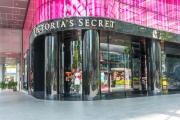 Victoria's Secret expands presence in Melbourne
Victoria's Secret expands presence in Melbourne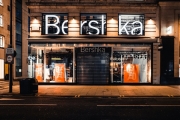 Inditex's Bershka set to enter indian market with Mumbai store
Inditex's Bershka set to enter indian market with Mumbai store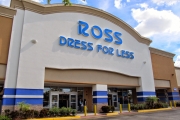 Ross stores expands across the U.S. with 24 new locations
Ross stores expands across the U.S. with 24 new locations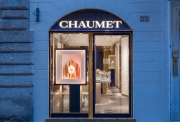 Chaumet opens doors to debut boutique in Italy
Chaumet opens doors to debut boutique in Italy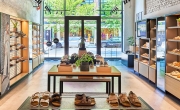 Birkenstock is launching first store in France
Birkenstock is launching first store in France Salomon elevates brand presence with new Paris flagships
Salomon elevates brand presence with new Paris flagships  Amiri expands presence in California
Amiri expands presence in California  Crocs expands its presence in India with Apparel Group
Crocs expands its presence in India with Apparel Group  Best Buy Canada to expand presence with 167 small-format locations
Best Buy Canada to expand presence with 167 small-format locations  Arket expands into Italy with Milan flagship
Arket expands into Italy with Milan flagship